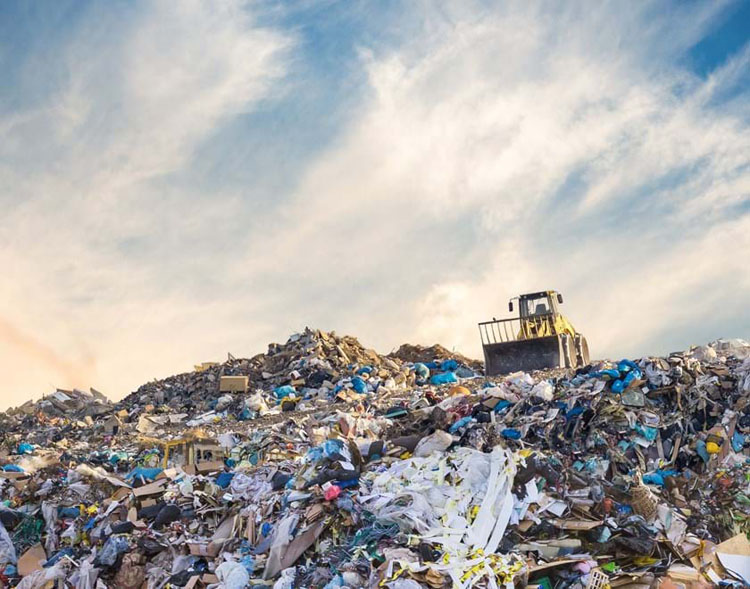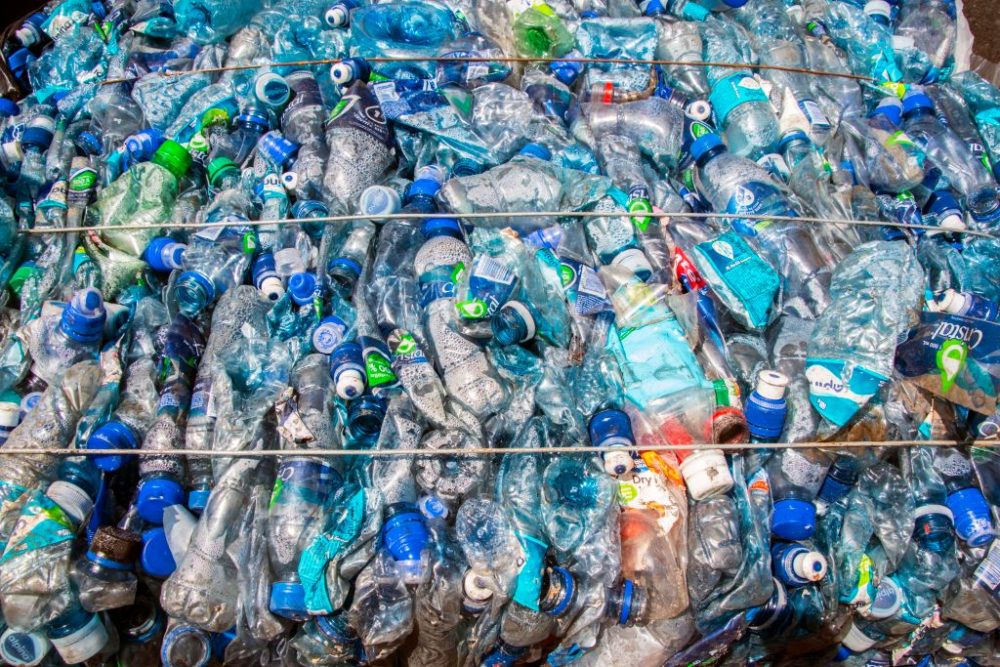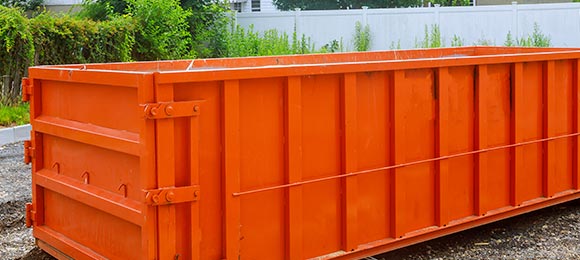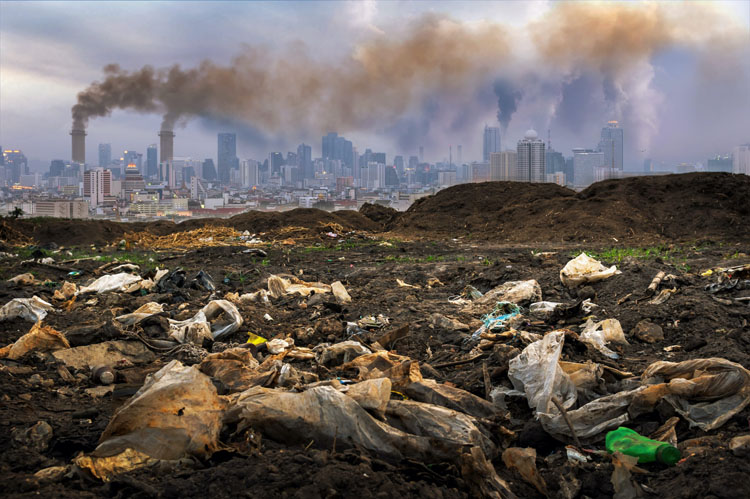
Toxic waste from human hands Industries that create pollution and cities that are affected by pollution.
Despite its illustrious past, varied landscapes, and impressive industrial capacity, Pennsylvania confronts formidable obstacles in controlling pollution. Situated in the very center of the USA, this state has felt the effects of fast urbanization and industrialization.
Air pollution:
Air pollution is a major issue in Pennsylvania, caused by things like power generation, transportation, and industrial activity. Fossil fuel combustion results in the emission of air pollutants including particulate matter, sulfur dioxide, nitrogen oxides, and volatile organic compounds. Air pollution has long been an issue in major American cities, threatening the health of those living in places like Philadelphia and Pittsburgh.
An enduring mark on Pennsylvania’s air quality has been left by the steel industry, an industry that was vital to the state’s economic prosperity. Lingering obstacles continue to exacerbate respiratory concerns and other health problems in impacted areas, despite substantial progress in lowering emissions over the years.
Water pollution:
A number of factors endanger Pennsylvania’s waterways, such as untreated wastewater, industrial effluent, and agricultural runoff. Nutrients, sediments, pesticides, and heavy metals are among the contaminants that can harm the state’s waterways. The agriculture industry, which is essential to Pennsylvania’s economy, is a major source of water contamination due to the discharge of pesticides and fertilizers.
New difficulties have emerged as a result of the Marcellus Shale, a massive natural gas reservoir underlain by portions of Pennsylvania. The use of chemicals in hydraulic fracturing, or fracking, increases the likelihood of water contamination. To avoid damaging water quality, it is essential that wastewater from fracking activities be properly treated and disposed of.
Land pollution:
Improper waste disposal, industrial contamination, and the legacy of past practices are all parts of the complex problem of land pollution in Pennsylvania. Soil contamination from hazardous compounds is a common problem in brownfields, which are regions with decommissioned or unused industrial sites. Revitalizing these areas isn’t easy; fixing them up takes a lot of money and a lot of people working together.
An additional component of land contamination that necessitates intervention is solid waste management. Reducing the volume of waste delivered to landfills remains a concern for Pennsylvania, despite recycling measures. Both urban and rural regions are affected by the problem, which is worsened by illegal dumping and insufficient waste management techniques.
Efforts and Initiatives:
Pennsylvania has launched a number of programs and enacted new legislation in response to environmental crises, acknowledging their seriousness. When it comes to protecting the environment and encouraging sustainable activities, the Department of Environmental Protection (DEP) is pivotal. The state’s natural resources and public health are safeguarded by a number of rules, including the Clean Streams Law and the Air Pollution Control Act.
The Keystone State has also cut back on its use of fossil fuels and increased its support for renewable energy. A cleaner, more sustainable energy future is possible thanks to investments in solar and wind power. Economic concerns and the necessity for a fair transition for impacted communities are two of the obstacles that come with moving away from conventional energy sources.
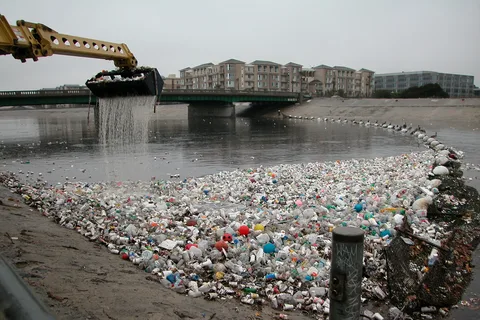
Community Engagement and Advocacy:
Addressing pollution challenges in Pennsylvania requires active community engagement and grassroots lobbying. Efforts to bring industries to account for their environmental impact, increase public awareness, and strengthen regulations are vigorously pursued by local organizations and residents. To prevent pollution from disproportionately impacting already-vulnerable communities, community-led programs prioritize environmental justice.
Government action, industrial cooperation, and community engagement are all necessary components of Pennsylvania’s complicated and continuous fight against pollution. Air and water quality, restoration of land, and waste management are still areas where we face obstacles, despite the fact that we have come a long way in reducing the negative effects of industrial activity. To protect Pennsylvania’s environment for the next generation, we must keep working to tighten regulations, encourage sustainable practices, and give communities more agency. The Keystone State faces an ongoing struggle in finding a balance between economic development and environmental conservation. It is imperative that we find innovative solutions and dedicate ourselves to a cleaner, healthier future.


